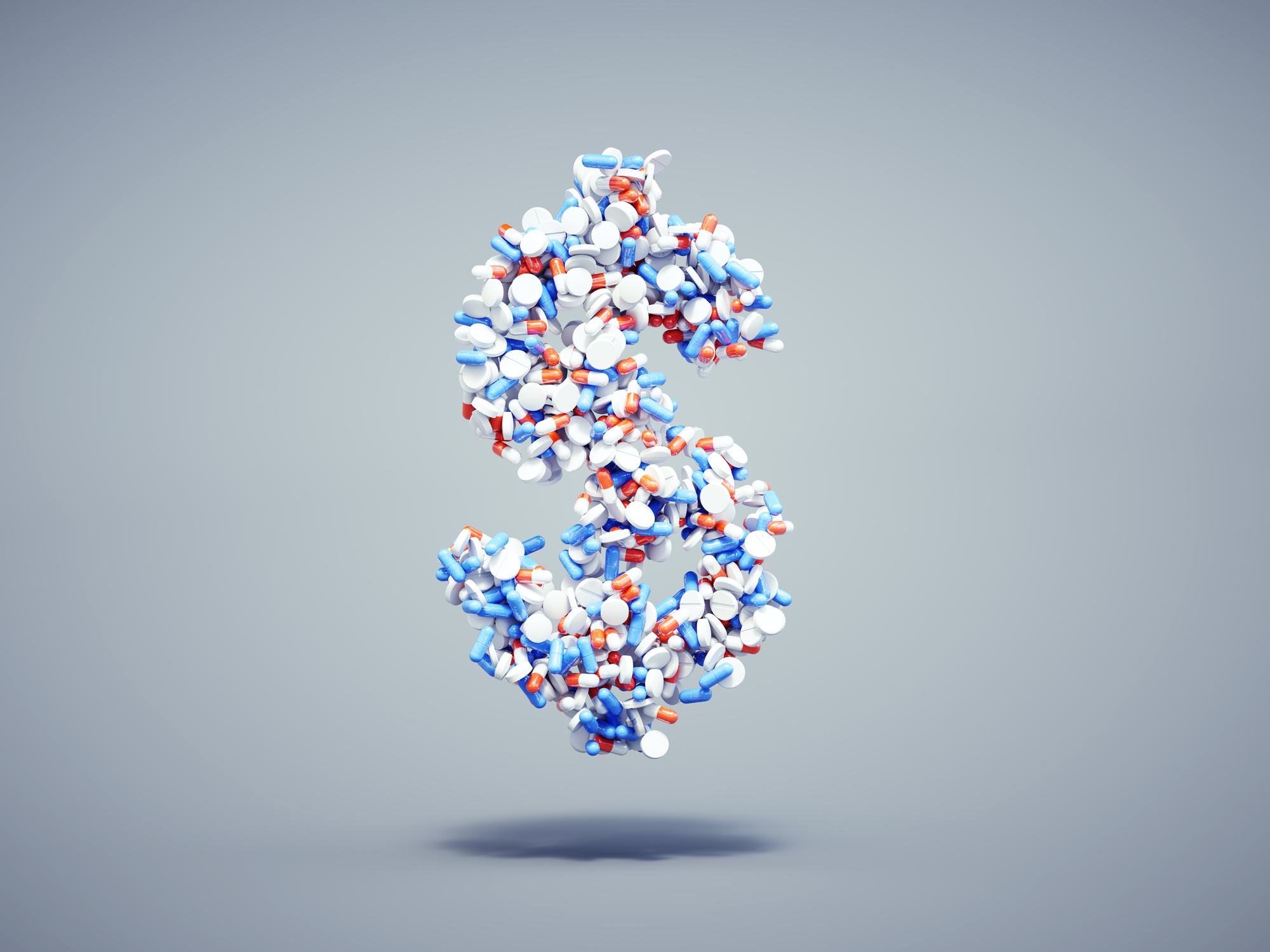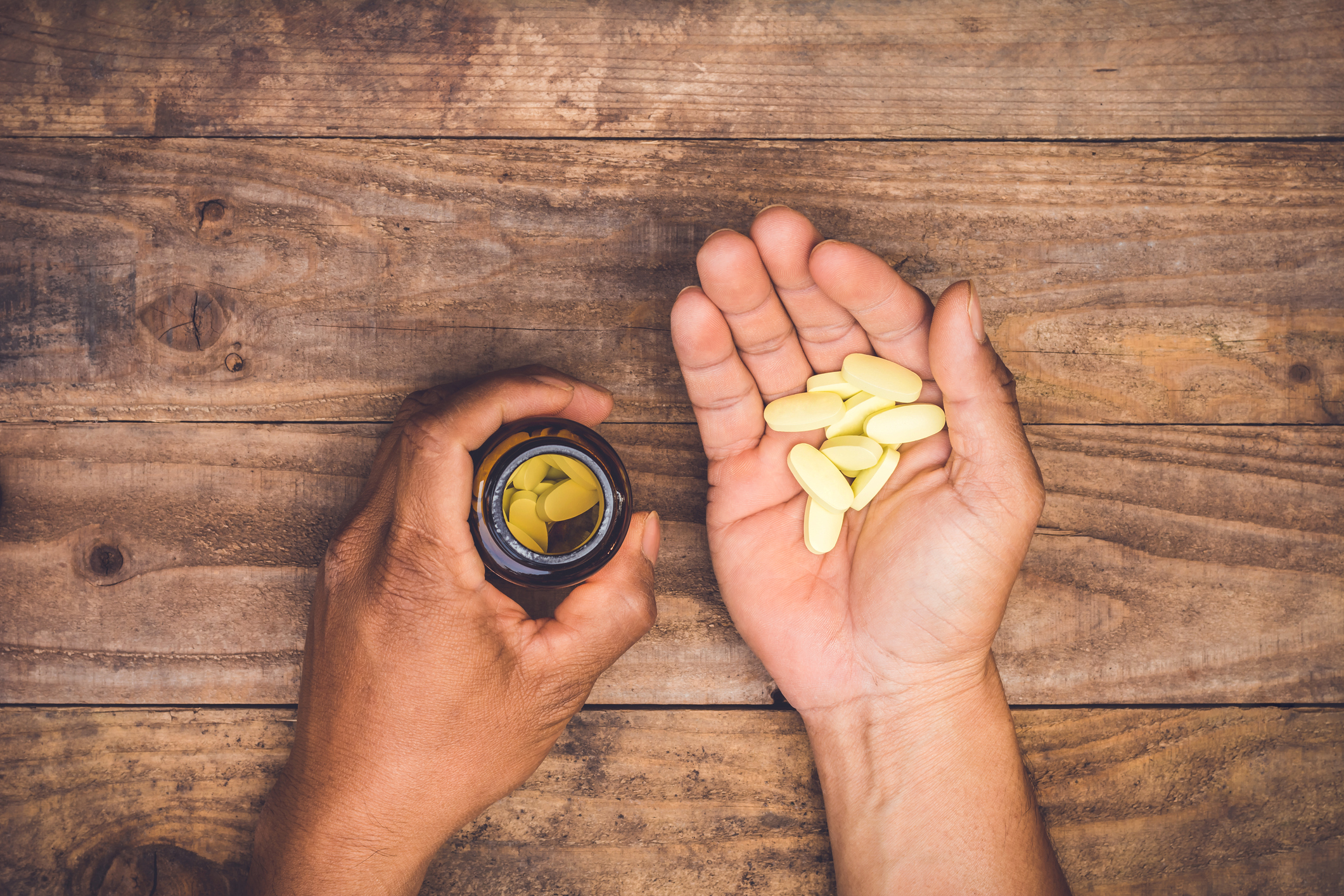Some scientists believe that we’re in the golden age of biotechnology. Scientific advances are creating new and previously unimaginable ways to treat and prevent diseases. Biotech stocks are a type of investment that focuses on companies specializing in biotechnology.
The biotech sector is also presenting exciting opportunities for investors. Many of the best biotech companies have both strong drug candidate pipelines and winning drugs already on the market.

Top biotech stocks in 2026
These are a few biotech companies to watch closely in 2026:
| Name and ticker | Market cap | Dividend yield | Industry |
|---|---|---|---|
| Axsome Therapeutics (NASDAQ:AXSM) | $8.5 billion | 0.00% | Pharmaceuticals |
| BioNTech Se (NASDAQ:BNTX) | $24.0 billion | 0.00% | Biotechnology |
| Exelixis (NASDAQ:EXEL) | $11.8 billion | 0.00% | Biotechnology |
| Regeneron Pharmaceuticals (NASDAQ:REGN) | $83.7 billion | 0.33% | Biotechnology |
| Summit Therapeutics (NASDAQ:SMMT) | $14.6 billion | 0.00% | Biotechnology |
| Vertex Pharmaceuticals (NASDAQ:VRTX) | $117.7 billion | 0.00% | Biotechnology |
1. Axsome Therapeutics

NASDAQ: AXSM
Key Data Points
Axsome's (AXSM +4.39%) revenue is soaring thanks to strong momentum for two drugs -- Auvelity and Sunosi. The company launched Auvelity in October 2022 as a treatment for major depressive disorder. It acquired sleep disorder drug Sunosi from Jazz Pharmaceuticals (JAZZ +1.58%) in May 2022.
In January 2025, Axsome added a third product to its lineup with the U.S. Food and Drug Administration (FDA) approval of Sybravo for treating migraines. The drug could have significant commercial potential, with current migraine therapies not as effective as desired for many patients.
Other regulatory approvals could be on the way. Axsome plans to file for FDA approvals of AXS-05 (Auvelity) in treating Alzheimer's disease and AXS-12 in treating narcolepsy in 2025.
2. BioNTech

NASDAQ: BNTX
Key Data Points
BioNTech (BNTX +2.33%) hit the jackpot with its 2020 collaboration with Pfizer (PFE -0.82%) to develop a COVID-19 vaccine. Although sales for the vaccine the two partners market together, Comirnaty, have fallen since the end of the COVID-19 pandemic, BioNTech now has a huge cash stockpile as a result of the vaccine's success.
The German biotech innovator is still working on developing new vaccines for fighting viruses. It's evaluating a seasonal flu vaccine and a combination flu-COVID vaccine in late-stage testing. Both programs are collaborations with Pfizer.
However, BioNTech's big opportunity is in treating cancer. The company's pipeline features more than 20 phase 2 and phase 3 clinical trials targeting various types of cancer.
3. Exelixis

NASDAQ: EXEL
Key Data Points
Exelixis (EXEL +0.04%) has developed four drugs that are already on the market. Its biggest winner, by far, is Cabometyx, which is approved to treat renal cell carcinoma (RCC) and hepatocellular carcinoma (HC) -- the most common types of kidney cancer and liver cancer, respectively -- as well as thyroid cancer.
Exelixis and big drugmaker Bristol Myers Squibb (BMY -0.16%) won U.S. regulatory approval in early 2021 for the use of Cabometyx in combination with Bristol Myers' immunotherapy drug Opdivo. The company is also evaluating Cabometyx in combination with other drugs in late-stage studies targeting several types of cancer.
The next major growth driver for Exelixis could be zanzalintinib. The company reported positive results in June 2025 from a late-stage study of the drug targeting colorectal cancer. It's also evaluating zanzalintinib in combination with Opdivo in a late-stage study targeting non-clear cell renal cell carcinoma.
4. Regeneron

NASDAQ: REGN
Key Data Points
The biggest moneymaker for Regeneron (REGN -3.58%) is Eylea, an eye disease drug that the company makes in collaboration with Bayer (BAYR.Y +2.21%). All net sales from Eylea in the U.S. are awarded to Regeneron, and the company splits the revenue earned from markets outside the U.S. with Bayer.
Regeneron also has a lucrative partnership with Sanofi (SNY -2.92%), another life sciences and pharmaceutical company. Together, the two companies are marketing and selling the autoimmune disease drugs Dupixent and Kevzara, the cancer drugs Libtayo and Zaltrap, and the cholesterol drug Praluent.
The company won initial approval from the FDA in February 2021 for Evkeeza in treating homozygous familial hypercholesterolemia (HoFH), a rare form of high cholesterol, in patients ages 12 and older. It also picked up an additional approval for the drug in March 2023 for treating HoFH patients between the ages of 5 and 11.
Regeneron also now has another drug in its lineup. The company won FDA approval of Lynozyfic (linvoseltamab) in treating relapsed/refractory multiple myeloma in July 2025. Its pipeline also includes 13 late-stage programs.
5. Summit Therapeutics

NASDAQ: SMMT
Key Data Points
6. Vertex Pharmaceuticals

NASDAQ: VRTX
Key Data Points

Understanding the biotech industry
A biotechnology company uses living organisms such as bacteria or enzymes to make drugs. The use of living organisms differentiates biotechnology companies from pharmaceutical companies, which research and develop chemicals to invent drugs.
Investors should pay close attention to each phase of a biotech company's drug candidates. Drugs in later phases are more likely to succeed, making investing in that company less risky. There are four major steps and three phases that biotech companies follow to develop new drugs:
- Drug discovery: A biotech company first identifies a drug candidate and the diseases that it potentially can target.
- Preclinical testing: The company tests the drug candidates in vitro (in test tubes) and/or in vivo (in living animals such as mice).
- Clinical testing: The drug candidate is tested on humans. Clinical testing generally occurs in three phases:
- Phase 1: Small studies are conducted to find a safe dose for the drug candidate and determine how the drug affects humans.
- Phase 2: Larger studies involving around 100 or more patients are conducted with a focus on safety and short-term side effects, and to determine the optimal dose for the drug.
- Phase 3: Even larger studies, with hundreds or even thousands of patients, are conducted to demonstrate how effectively and safely the experimental drug treats the target disease.
- Regulatory approval: A biotech company must obtain regulatory approval before it can sell a drug. The biotech company files for regulatory approval from the FDA, using the clinical testing data that it has generated.
Most biotech companies have many drugs simultaneously under development, which provides multiple revenue streams. The safest biotech investments are focused on more than just a few experimental drugs.
Many growing biotech companies often generate cash by issuing new shares of stock, which dilutes the value of the existing shares. Some biotechnology companies also receive -- and may be heavily dependent upon -- money obtained via partnerships with larger drugmakers or grants from government agencies and nonprofit organizations. Mergers and acquisitions are common in the biotech sector, which means that any of the most promising biotech companies could be acquired by their larger competitors.
Related investing topics
Should you invest in biotech stocks?
Reasons to invest in biotech stocks include:
- Biotech stocks offer the potential for significant returns.
- Some biotech companies have strong financial positions, which lowers their risk.
- Biotech stocks can perform well even when the overall stock market isn't.
On the other hand, reasons you might not want to invest in biotech stocks include:
- Biotech companies' drug candidates can prove ineffective or worse in clinical testing.
- There's no guarantee that pipeline candidates will win regulatory approvals.
- Even if a biotech company's drug wins approval, it might not be successful commercially.
- Small clinical-stage biotech companies might have to dilute the value of their shares by issuing new stock to raise cash.
How to invest in biotech stocks
The following are key steps to take to invest in biotech stocks:
- Open your brokerage app: Log in to your brokerage account where you handle your investments.
- Search for the stock: Enter the ticker or company name into the search bar to bring up the stock's trading page.
- Decide how many shares to buy: Consider your investment goals and how much of your portfolio you want to allocate to this stock.
- Select order type: Choose between a market order to buy at the current price or a limit order to specify the maximum price you're willing to pay.
- Submit your order: Confirm the details and submit your buy order.
- Review your purchase: Check your portfolio to ensure your order was filled as expected and adjust your investment strategy accordingly.














